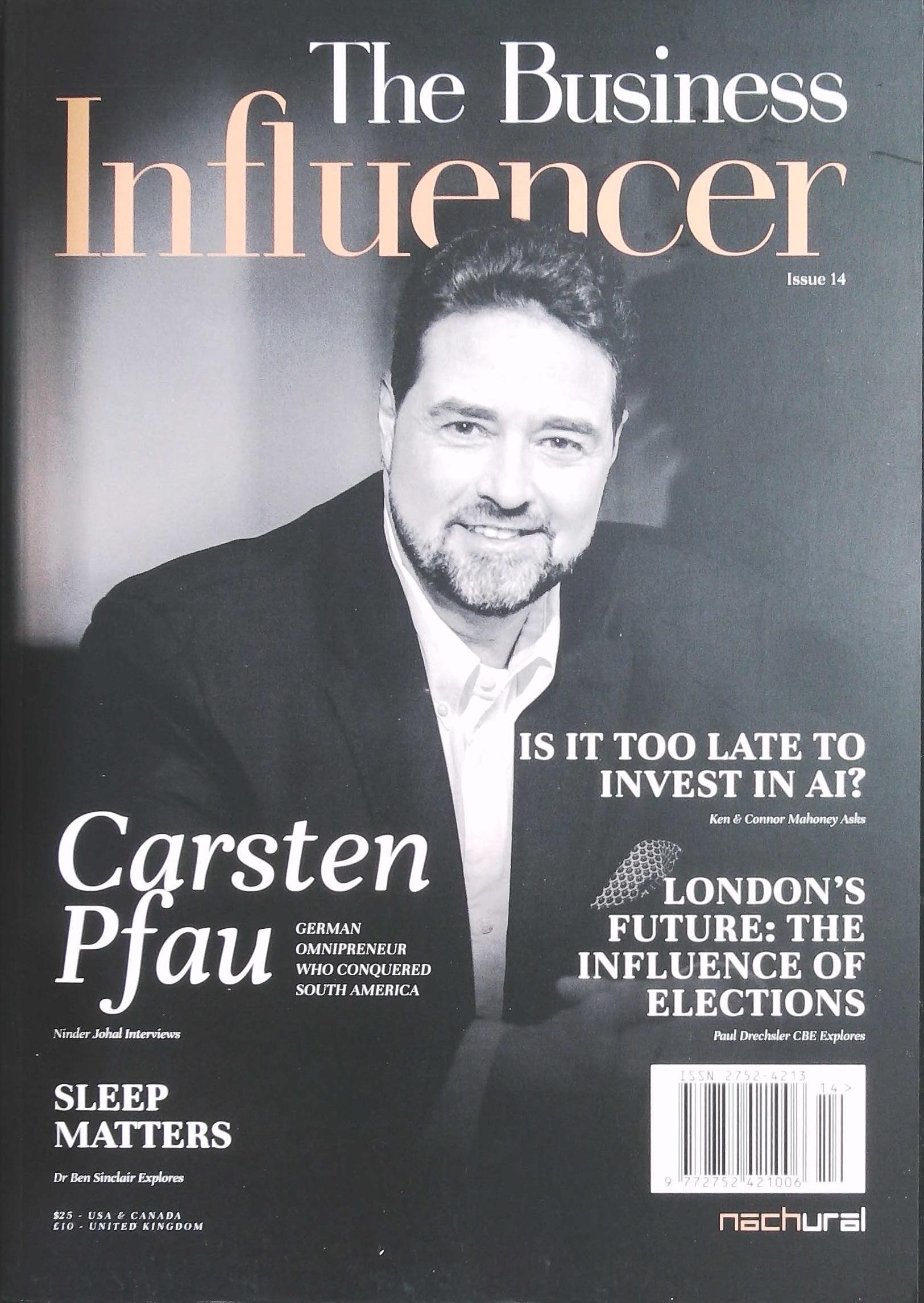Emotion Has Everything To Do With It
“As a highly data-dependent field, marketing requires us to absorb information about industry trends and buyer preferences. That can seem like a very logical endeavor if all you’re doing is letting the data dictate your moves,” Rebecca Rick, content strategist at CIDDesign writes, “but that’s simply not enough. There has to be human insight and emotional truth at the heart of the messaging for anyone to care about it.”
Audiences crave authenticity from brands and are quick to notice when it is missing. “In a competitive landscape, ContentMarketing.com agrees, “customers aren’t interested in being sold a product; they are interested in finding solutions to everyday problems. “Modern consumers aren’t loyal to products, but to brands’ stories and experiences, intuitmailchimp.com adds. By tapping into emotions such as joy, nostalgia, and empathy, brands can create authentic experiences. On the other hand, negative emotions can have a lasting impact, acting as a deterrent to customer engagement.
At Say It For You, we found great inspiration in Jeremy Porter’s “Using Emotion to Persuade”. “Remove the metaphorical barriers between you and your audience,” Porter cautions. In content marketing, one goal needs to be presenting the business or practice as very personal rather than merely transactional, reminding readers that there are humans providing the product or service. “Don’t put on an act or ‘lecture’ the audience; infuse a sense of humor.” But, can emotional marketing be effective in B2B situations? To be sure – no company is faceless. Behind every decision there is always a person involved, and that person has feelings.
During the pandemic, when we were all exhorted to practice “social distancing”, I remember being impressed with a reminder offered by Dr. John Sharp of Harvard to not practice emotional distancing. As a content creator, I understood that emotion trumps fact for people, and that it is compassion and emotional intelligence that must drive marketing initiatives.
“Stories and narratives are particularly effective at evoking emotions because they engage our brains in a unique way, activating not only the language processing areas, but also the sensory cortex and motor cortex,” the Unity Environment University website explains. “Consumers are used to telling stories to themselves and telling stories to each other, and it’s just natural to buy stuff from someone who’s telling us a story,” observes Seth Godin in his book All Marketers Tell Stories.
What we’ve learned at Say It For You is that blogging is a very personal form of communication, and our clients’ messages need to be translated into human, people-to-people terms.
In content marketing, emotion has everything to do with it!






Follow us online!